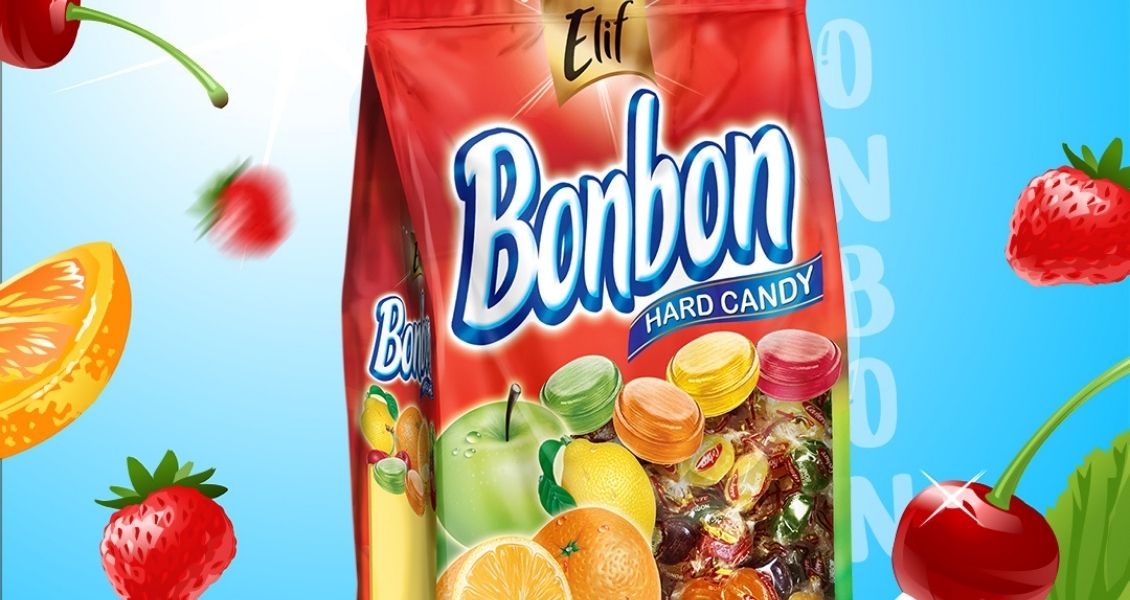Colorants Used in Confectionery Production: Our Natural and Healthy Options
Colorants used in confectionery production add attractive colors and visual appeal to confectionery while also being important for consumer health. Nowadays, many confectionery producers are turning to natural and healthy colorant options.
Firstly, it is known that synthetic colorants may pose health risks. Therefore, colorants obtained from natural sources are preferred. Some natural colorants include:
- Red Pepper: Capsanthin pigment obtained from red pepper gives confectionery an orange-red color.
- Red Beet: Betanin pigment obtained from red beet gives confectionery a red color.
- Carrot: Carotenoids obtained from carrots give confectionery a yellow color.
- Spirulina: Spirulina can be used as a colorant obtained from green algae.
The advantage of natural colorants is that they pose less risk than synthetic colorants and add a natural taste and aroma. Additionally, they provide an advantage in terms of marketing due to being suitable for consumer preferences.
However, natural colorants also have a disadvantage. The stability of natural colorants is less than synthetic colorants. Therefore, confectionery producers may need to use additional stabilizers to increase the stability of natural colorants.
In conclusion, confectionery producers make colorant choices in accordance with consumer health and marketing strategies. While the use of natural colorants is increasing, the use of synthetic colorants continues.
As consumers, we should prefer healthy and natural products and pay attention to the colorant choices of confectionery pro
 ducers.
ducers.

